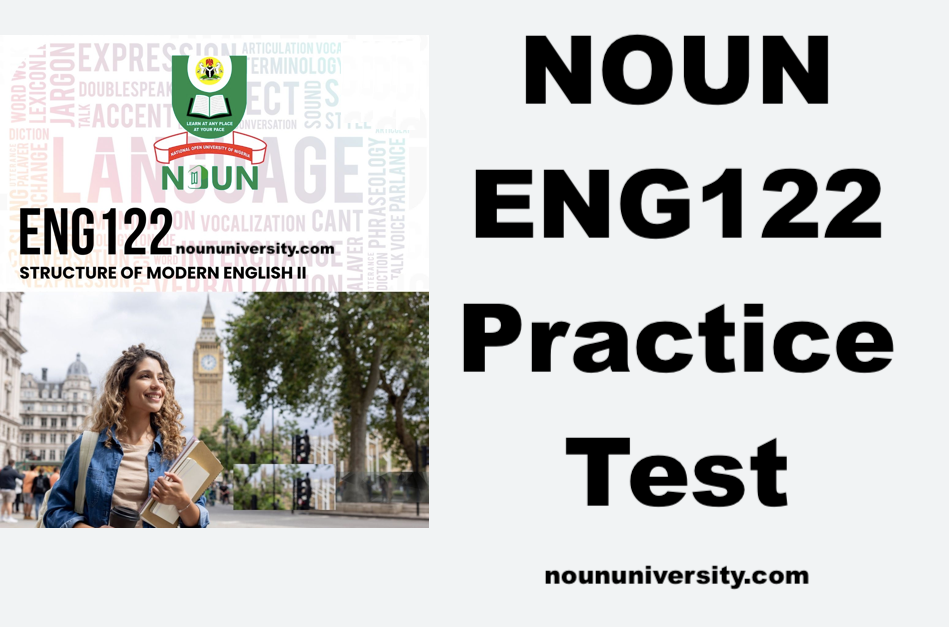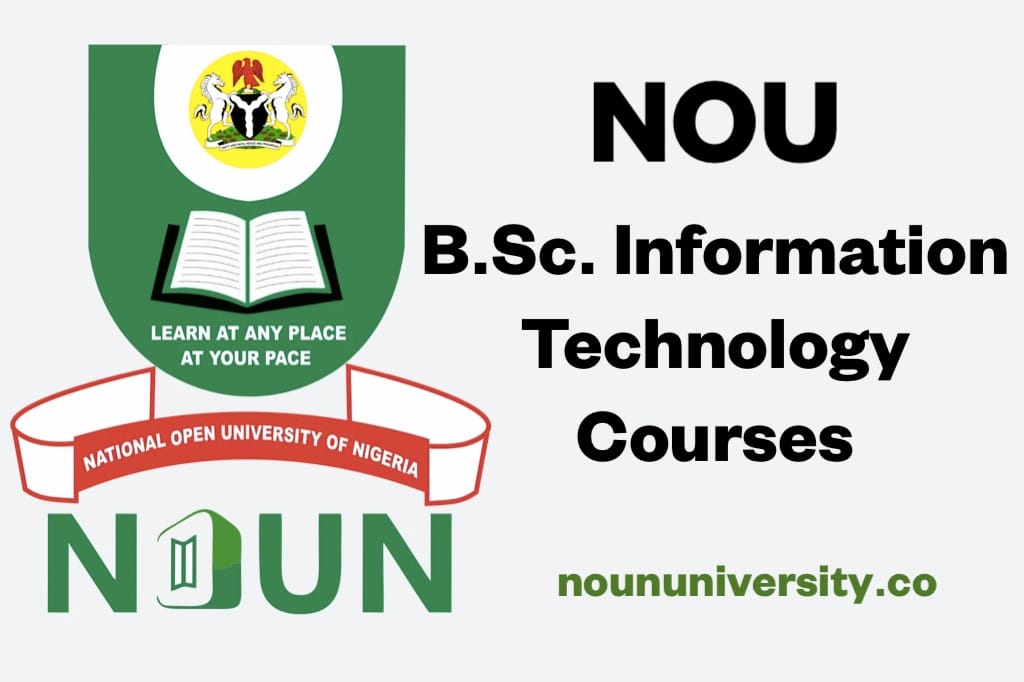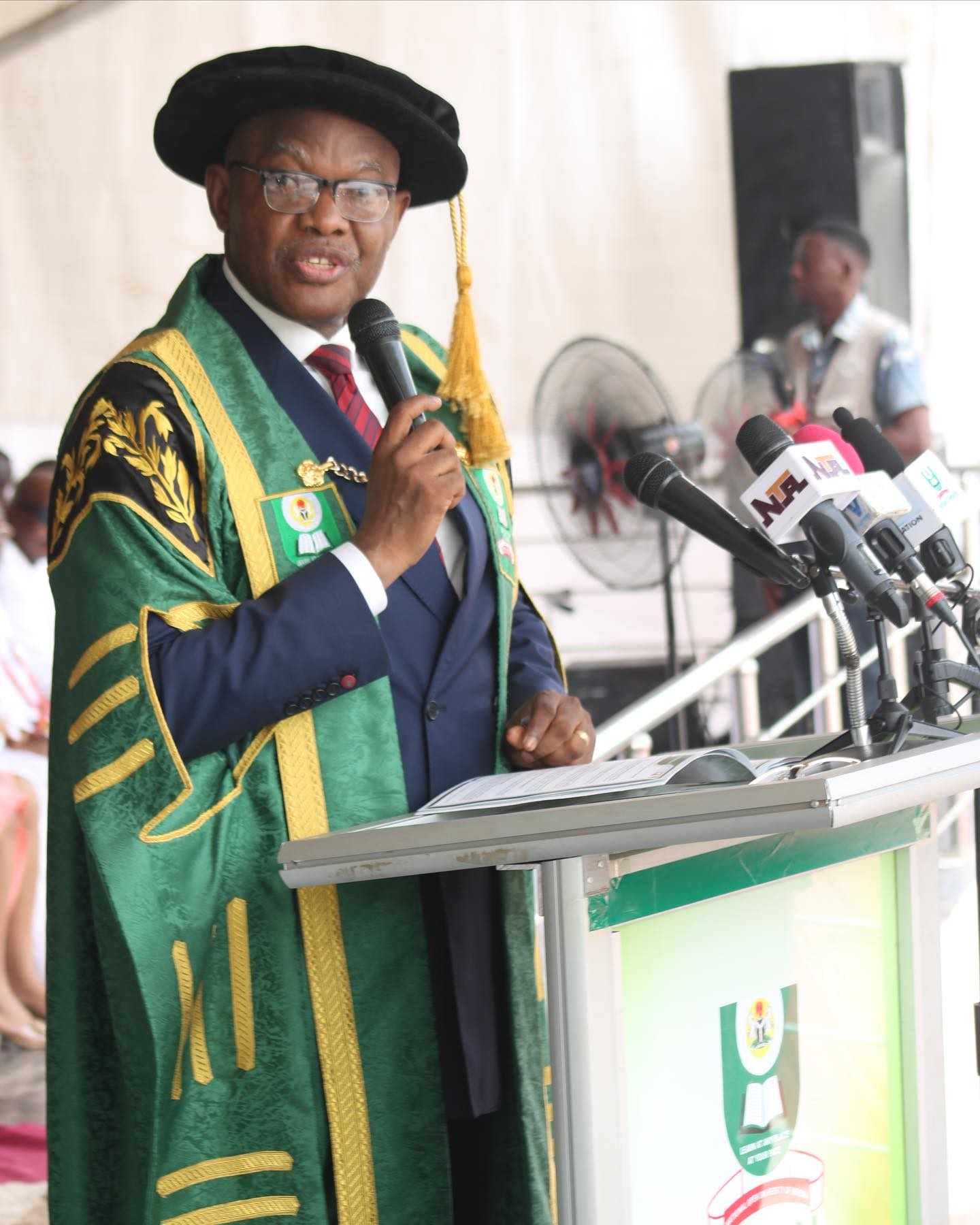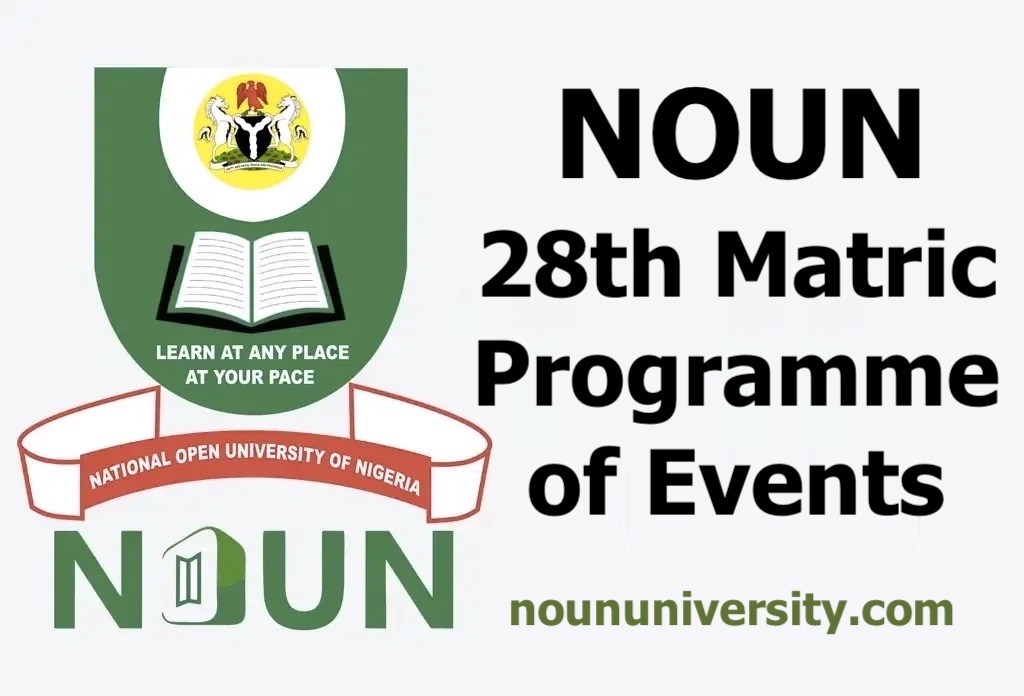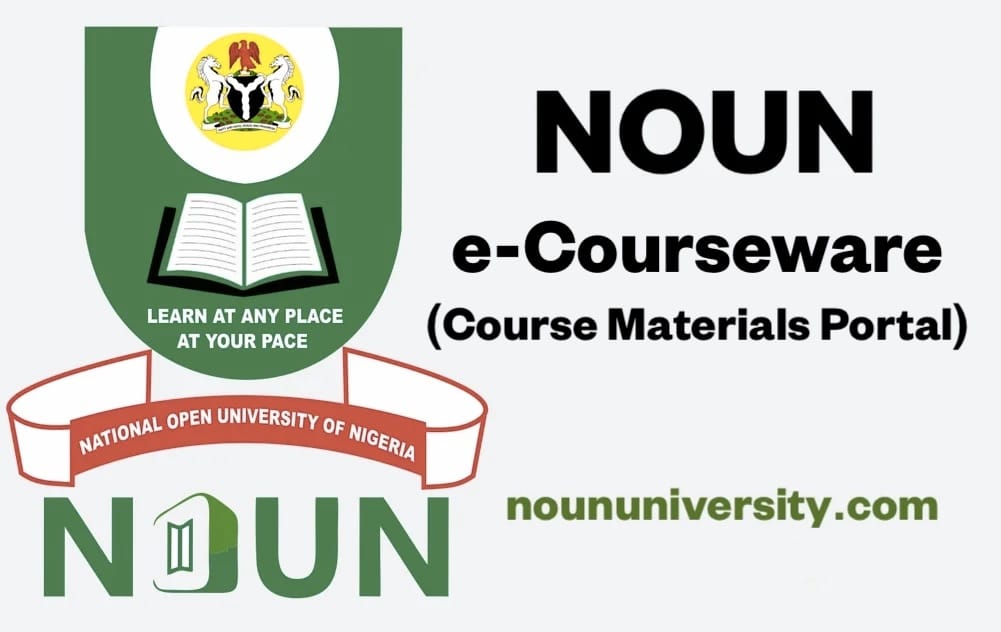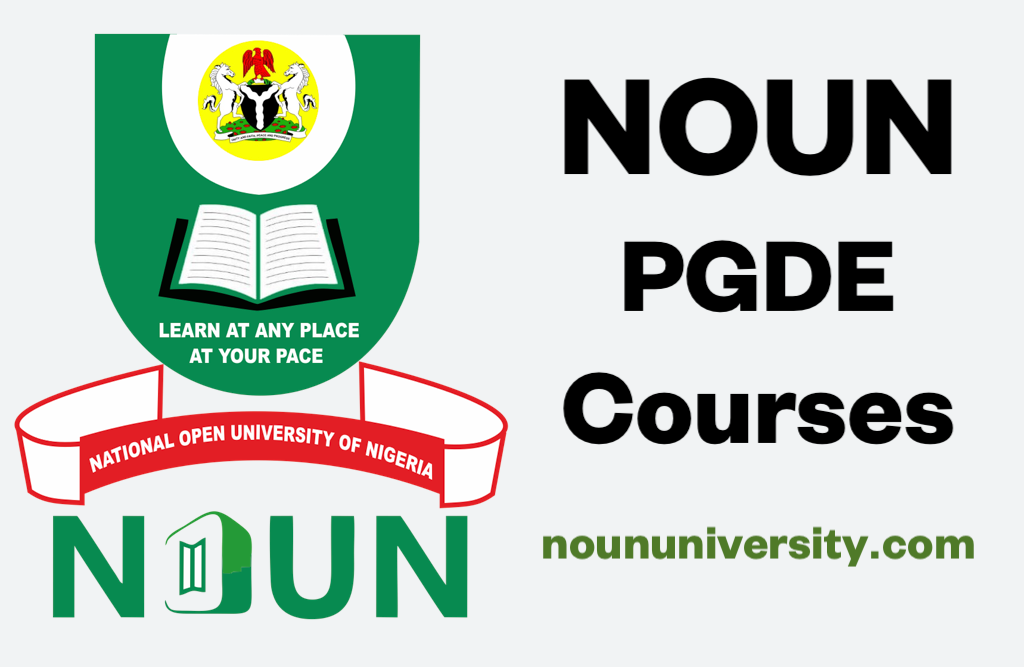Prepare for NSC211 Medical Microbiology and Parasitology exams with our comprehensive practice quiz. Test your knowledge, identify areas for improvement, and boost your exam readiness with questions modeled after actual assessments at the National Open University of Nigeria.
The NSC211 Practice Quiz for Medical Microbiology and Parasitology is designed to help students at the National Open University of Nigeria (NOUN) assess and enhance their understanding of the NSC211 course content.
This practice quiz serves as a useful tool to prepare students for Tutor-Marked Assignments (TMA) and final exams by covering essential topics in medical microbiology and parasitology. It aims to boost students’ readiness for assessments by providing a realistic simulation of the question styles they are likely to encounter.
Are you ready to start?
Start Now 👇
Results
#1. The ___ bones form the posterior part of the cranium
#2. The following are categories of microscopic anatomy, except
#3. Which of the following is not a function of the skin?
#4. The following are ways to approach gross anatomy, except
#5. Which of the following is the longest bone in the upper limb?
#6. The organ that control timing of reproduction and set day – night rhythm is called ___
#7. The skull contains ___ cranial bones.
#8. The last two sets of ribs in the body are called ___ ribs.
#9. The region between the elbow and the wrist is called….
#10. The ____ adjusts water balance, tissue metabolism, cardiovascular and metabolic activities.
#11. Which of the following is not an example of an autoimmune disease?
#12. Digestion of food starts in the ___
#13. The medulla oblongata is found in the ___
#14. Serum sickness is a type of reaction seen in ___ hypersensitivity reactions.
#15. The shallow depression on the scapula which the head of the humerus fits into is called the ….
#16. Which of the following is not a division of the human brain?
#17. The second cervical certebra is called _
#18. The sacrum is composed of how many bones after the age of 26 years?
#19. The cells that are found in the epidermis which take part in immune response and are damaged by ultraviolet radiation are called…..
#20. The lumber vertebra are ___ in number.
#21. The ribs found in the human body are ___ in number arranged in pairs.
#22. The bone that connects the shoulder joint to the elbow is called…
#23. Type III hypersensitivity reaction is used to describe ___reaction.
#24. The sternum is composed of how many parts?
#25. The ____ controls the endocrine functions of other glands and regulates growth and fluid balance
#26. The type of reaction elicited when there has been an ABO blood transfusion mismatch is ___ reaction.
#27. The ___ is the large, triangular, flat bone on the back side of the rib cage
#28. The cerebellum is found in the ___
#29. Which of the following does not fall under a category of bones found in the body?
#30. Which of the following is not pricipal type of cell found in the epidermis?
#31. Anatomy can be divided into different specialties based on the following, except
#32. How many facial bones are found in the skull?
#33. The vertebra column consists of ___ irregularly – shaped bones called vertebrae
#34. A positive tuberculin skin test elicits _____ hypersensitive reactions.
#35. The first seven vertebrae are called the ____ vertebrae.
#36. The following are specific types of immune response, except
#37. Which of the following is not a layer found in the epidermis?
#38. Which of the following parts of the brain is the seat of intelligence located?
#39. The first seven ribs of the body are called ___ ribs
#40. The part of the sternum that is also called the “handle” is the
#41. The ____ controls the production of red blood cells and elevates blood pressure
#42. The part of the sternum also described as the tip is the ___
#43. Cell-mediated reaction is also known as ___reaction.
#44. A bee sting allergic response is seen in _____ reactions
#45. Which of the following part of the skin covers the surface and protects deeper structures?
#46. Which of the following is found in the forebrain?
#47. The largest vertebrae in the spinal column are the _____ vertebrae
#48. The peripheral nervous system consists of the following except
#49. The first cervical vertebra is called the ___.
#50. Which of the following vitamins is synthesised by the skin?
Recommended for you:
- ENG122 Practice Quiz: Structure of Modern English II
- GST107 TMA &; Exam Quiz: A Study Guide for the Distance Learner (NOU107)
Why Use the NSC211 Practice Quiz?
Preparing for the NSC211 exams can be challenging due to the broad range of topics covered. The practice quiz provides several benefits:
- Self-Assessment: It allows students to gauge their understanding of various topics within the course and identify areas where they need to improve.
- Exam Familiarity: The quiz mimics the format and structure of TMA and exam questions, helping students get accustomed to the type of questions they face.
- Focused Learning: By taking the quiz, students can pinpoint knowledge gaps and focus their studies more effectively on weaker areas.
- Confidence Building: Regular practice helps to build confidence, reduce exam anxiety, and improve overall performance.
Structure of the Practice Quiz
The NSC211 Practice Quiz consists of various question formats that reflect what students will encounter in exams. The question types include:
- Multiple-choice questions (MCQs): Assess fundamental understanding and test students’ knowledge of core concepts.
- True or False Questions: Help in distinguishing between factual and incorrect statements within the course material.
- Short Answer Questions: Test students’ ability to explain concepts in more detail, demonstrating a deeper understanding.
- Case Study-Based Questions: Present clinical scenarios where students must apply theoretical knowledge to practical situations, simulating real-life medical challenges.
Topics Covered in the Practice Quiz
The quiz is designed to be comprehensive, covering critical topics in both medical microbiology and parasitology, including:
Medical Microbiology
- Bacterial Infections: Understanding different types of bacterial pathogens, mechanisms of disease causation, and common treatment options.
- Viral Pathogens: Identifying various viral infections, their modes of transmission, and diagnostic methods.
- Fungal Diseases: Reviewing the clinical significance of fungal infections and the symptoms associated with them.
- Basic Immunology: A foundational look at how the immune system responds to microbial infections.
Parasitology
- Lifecycle of Parasites: Detailed study of protozoan and helminthic parasites, their transmission, and life cycles.
- Common Parasitic Infections in Nigeria: A focus on prevalent parasitic diseases in the country and their public health impact.
- Diagnostic Techniques: Methods used to identify parasitic infections, including microscopy, serology, and molecular diagnostics.
Tips for Using the NSC211 Practice Quiz Effectively
To get the most out of the practice quiz, consider the following strategies:
- Review Course Material First: Familiarize yourself with the main concepts and topics covered in the NSC211 course before taking the quiz.
- Simulate Exam Conditions: Try to complete the quiz in a timed setting to replicate exam pressure. This helps improve time management skills.
- Analyze Your Results: Pay attention to the questions you got wrong and revisit the related course material to reinforce your understanding.
- Track Your Progress: Take the quiz regularly to see how your performance improves over time.
How the Practice Quiz Supports TMA and Exams
The NSC211 Practice Quiz is aligned with the NOUN course’s learning objectives, providing a reliable gauge of your preparedness for Tutor-Marked Assignments and Exams.
📚 Suggested Posts
The quiz questions are designed to reflect the style and level of difficulty of actual assessments, making it an effective preparatory tool.
FAQs about the NSC211 Practice Quiz.
The NSC211 Practice Quiz is a preparatory tool for students taking the Medical Microbiology and Parasitology course at NOUN. It covers key topics and is intended to help students assess their readiness for exams.
Start by using the quiz to test your knowledge after reviewing the course material. Focus on understanding the explanations for any questions you get wrong, and take the quiz multiple times to track your progress.
Yes, the quiz questions are modeled after actual exam formats, providing a realistic practice experience.
The quiz covers topics in medical microbiology, such as bacterial and viral infections, as well as parasitology topics, such as the life cycles of parasites and diagnostic techniques.
It is advisable to take the quiz regularly—weekly or bi-weekly—to keep track of your progress and improve weak areas.
Yes, the quiz is available on the university’s online learning platform and can be accessed anytime to fit your study schedule.
Additional Resources for NSC211
For further study, consider consulting textbooks such as “Medical Microbiology” by Murray et al. and “Parasitology: A Conceptual Approach” by Roberts and Janovy. Online courses, journal articles, and case studies can also provide a more in-depth understanding of specific topics in medical microbiology and parasitology.
Conclusion
The NSC211 Practice Quiz for Medical Microbiology and Parasitology is a valuable tool for students aiming to excel in their studies. By regularly using the quiz to test your knowledge, you can enhance your understanding of the course material, identify areas needing improvement, and build the confidence required to perform well in TMA and final exams.

